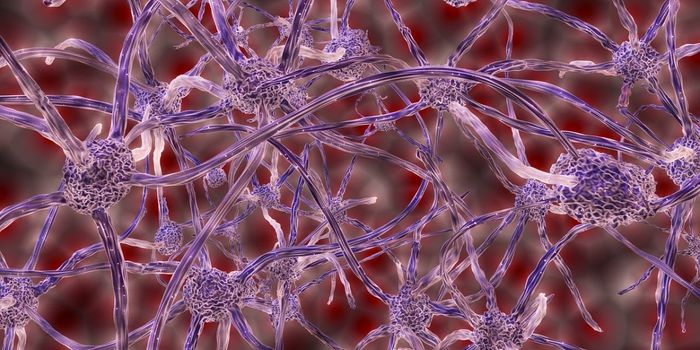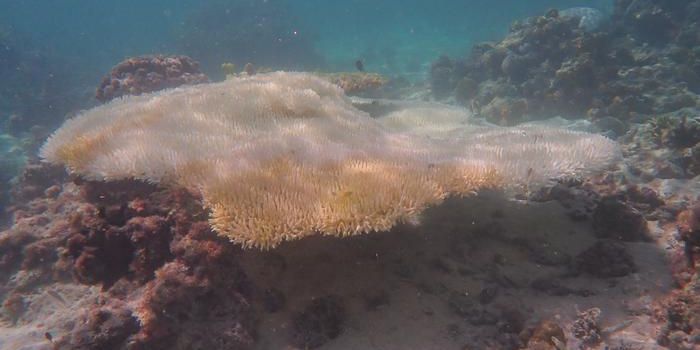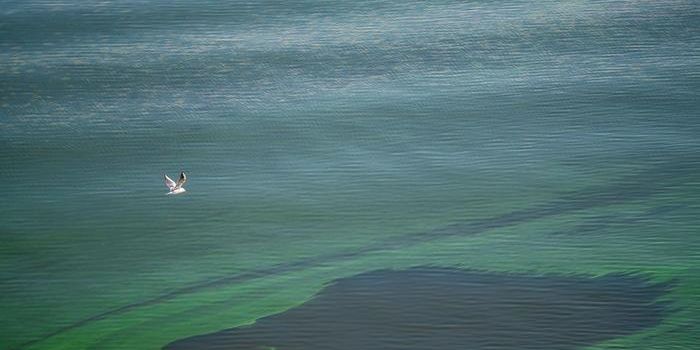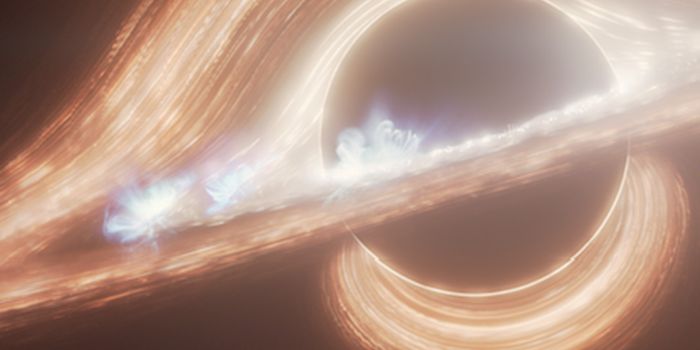Cleaning up microfibers at the source with electrolytic oxidation
A new method of eradicating microplastics in wastewater has been described in a study published recently in the Environmental Pollution journal. The study, conducted by researchers from the Institut national de la recherche scientifique (INRS), details an electrolytic oxidation process that does not require chemical additives.

"Using electrodes, we generate hydroxyl radicals (* OH) to attack microplastics. This process is environmentally friendly because it breaks them down into CO2 and water molecules, which are non-toxic to the ecosystem," explains Professor Patrick Drogui.
Microplastics are particles of plastic less than 5 mm that populate virtually every space we could imagine, both those we occupy and those we don’t. One major source of microplastics are microfibers from our clothing. Professor Drogui hopes that his team’s technology could be implemented as the last step of commercial laundries to filter microplastics from wastewater before it is released.
"When this commercial laundry water arrives at the wastewater treatment plant, it is mixed with large quantities of water, the pollutants are diluted and therefore more difficult to degrade. Conversely, by acting at the source, i.e., at the laundry, the concentration of microplastics is higher (per liter of water), thus more accessible for electrolytic degradation," notes Drogui.
At this point in time, Drogui’s team has shown that electrolytic degradation degrades polystyrene in water in a controlled setting with 89% efficiency. They plan to continue their experiments with “real” commercial laundry water, which often holds other materials like carbonates and phosphates that could affect the oxidation process. If their technique is successful under such conditions, they will determine the cost-effectiveness of implementing it in commercial settings.
Sources: Environmental Pollution, Eureka Alert








